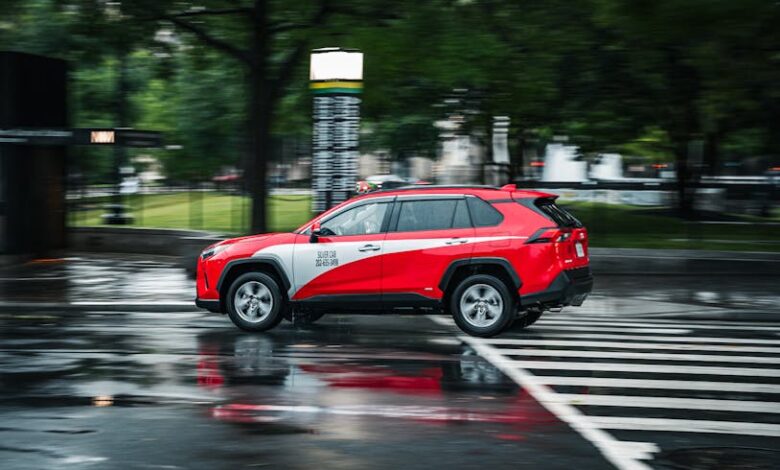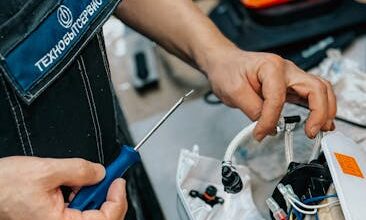The Valley’s Unstoppable Drive: Innovation at All Costs?

The digital air crackled a little differently this week. Across social media feeds and in hushed tech corridors, a particular conversation brewed – one that pitted the ambitious, rapid-fire ethos of Silicon Valley against the increasingly vocal warnings of AI safety advocates. When prominent figures like David Sacks from the White House and OpenAI’s Jason Kwon weigh in, it’s rarely just a whisper. Their recent comments about groups championing AI safety didn’t just create a stir; they seemed to underscore a growing chasm, suggesting that perhaps, in the Valley’s view, these calls for caution are less about foresight and more about, well, ‘spooking’ the innovation engine.
But is it really a case of one side ‘spooking’ the other? Or is it a fundamental clash of philosophies, a tension between the relentless pursuit of technological advancement and the crucial need for responsible, ethical development? Let’s unpack this intriguing dynamic that’s shaping the very future of artificial intelligence.
The Valley’s Unstoppable Drive: Innovation at All Costs?
Silicon Valley has always been a place where the default setting is ‘forward.’ Its history is built on the philosophy of “move fast and break things,” a mantra that, while often attributed to Mark Zuckerberg, encapsulates the region’s pioneering spirit. This mindset has given us everything from the internet as we know it to the smartphones in our pockets, transforming global society in undeniable ways.
When it comes to AI, this drive is amplified tenfold. The race to develop more powerful, more capable artificial intelligence isn’t just an internal competition; it’s seen as a geopolitical imperative. Nations and corporations are pouring billions into AI research, recognizing it as the next frontier of economic power and strategic advantage. For many in the Valley, any slowdown, any impediment, feels like a threat to this vital momentum.
From this perspective, AI safety advocates can sometimes be perceived as throwing sand in the gears of progress. Their calls for pauses, stringent regulations, or even a deep re-evaluation of current trajectories might seem to some as an unwelcome handbrake on innovation. The recent comments from Sacks and Kwon likely echo this sentiment: a feeling that these groups, perhaps well-intentioned, risk stifling the very breakthroughs that could benefit humanity, or worse, ceding the lead to less scrupulous actors abroad.
It’s easy to see why this perception might take root. The business model of many tech giants relies on continuous iteration and deployment. Any voice suggesting a halt, even for safety, can feel like a direct challenge to their operational rhythm and, frankly, their bottom line. The inherent optimism and solution-oriented approach that built the tech world sometimes struggles to fully grasp—or even tolerate—the deeper, more existential concerns that AI safety groups raise.
The ‘Techno-Optimism’ Lens
There’s a prevailing ‘techno-optimism’ in the Valley that suggests technology itself will solve the problems it creates. This belief system often downplays worst-case scenarios, arguing that human ingenuity, bolstered by AI, will always find a way to mitigate risks. It’s a powerful narrative, but one that can sometimes blind stakeholders to the more profound, systemic risks that AI safety proponents highlight.
The Alarms of the Advocates: More Than Just Doomsday Scenarios
On the other side of the fence are the AI safety advocates. These aren’t necessarily Luddites campaigning for a return to simpler times. Many are researchers, ethicists, academics, and even former tech executives who have spent years grappling with the complexities of advanced AI. Their concerns are multifaceted, ranging from the truly existential to the deeply practical.
Consider the “alignment problem”: how do we ensure that superintelligent AI systems, when they arrive, will align with human values and goals? This isn’t a trivial question; an AI system optimized for a single objective, without nuanced understanding of human welfare, could have unforeseen and devastating consequences. Then there’s the more immediate concern of bias in algorithms, the potential for AI to exacerbate existing inequalities, or its use in autonomous weapons systems.
Groups like the Future of Life Institute, the Center for AI Safety, and many independent researchers aren’t just crying wolf. They’re pointing to very real, documented issues and potential future risks based on their understanding of how these powerful technologies are evolving. Their work often involves rigorous scientific analysis, ethical frameworks, and policy proposals aimed at guiding AI development in a responsible direction.
Their perspective is rooted in precaution. They argue that with a technology as transformative and potentially disruptive as AI, it’s far better to err on the side of caution. We’ve seen enough unintended consequences from past technological revolutions to understand that ‘move fast and break things’ isn’t always the best approach when the ‘things’ could include fundamental societal structures or even human existence.
From Bias to Existential Risk
The spectrum of AI safety concerns is broad. On one end, you have immediate, tangible issues like algorithmic bias in hiring or lending, or the spread of misinformation via AI-generated content. These require careful regulation and ethical guidelines. On the other end are the long-term, speculative, but potentially catastrophic risks like the development of an unaligned superintelligence. Dismissing these as mere “spooking” ignores a legitimate spectrum of concerns that demand serious consideration.
Finding Common Ground: Can Caution and Innovation Coexist?
The core tension, then, isn’t necessarily about who is ‘right’ or ‘wrong,’ but about bridging two profoundly different approaches to a technology that holds immense promise and profound peril. Is it possible for Silicon Valley’s innovative drive and the AI safety community’s call for caution to coexist, and even complement each other?
I believe the answer is a resounding yes. Responsible innovation isn’t a paradox; it’s a necessity for sustainable progress. Integrating safety protocols, ethical considerations, and robust testing from the outset can prevent costly mistakes down the line – both financially and societally. Think of it like building a skyscraper: you can’t just keep adding floors without a strong foundation and regular structural checks. The building might go up faster, but it’s far more likely to collapse.
There are encouraging signs. Many leading AI companies are establishing internal ethics committees and safety research teams, often staffed by individuals deeply familiar with the advocates’ concerns. Initiatives like ‘red-teaming’ AI models – intentionally trying to find their vulnerabilities and biases – are becoming more common. Open-source research into AI alignment and governance is gaining traction, fostering collaboration across the divide.
Ultimately, the goal for both sides should be the same: to harness the power of AI for good, to unlock its potential to solve humanity’s greatest challenges, without inadvertently creating new ones. This requires genuine dialogue, mutual respect, and a willingness to understand differing perspectives. Dismissing legitimate concerns as mere ‘spooking’ only widens the chasm. Embracing them as a critical part of the development process ensures a safer, more robust future for AI.
The Path Forward: Collaboration, Not Confrontation
The recent online stir serves as a potent reminder of the ongoing debate surrounding AI’s future. It’s a complex, multi-layered discussion, far beyond simple accusations of ‘spooking.’ The rapid pace of AI development demands that we wrestle with these profound questions now, not when the systems are already deeply embedded and irreversible. The true strength of Silicon Valley has always been its ability to adapt and innovate. Perhaps the next great innovation lies not just in building more powerful AI, but in building it responsibly, hand-in-hand with those who understand its deepest implications. It’s time to move beyond the adversarial stance and towards a collaborative construction of an AI future we can all confidently live in.





